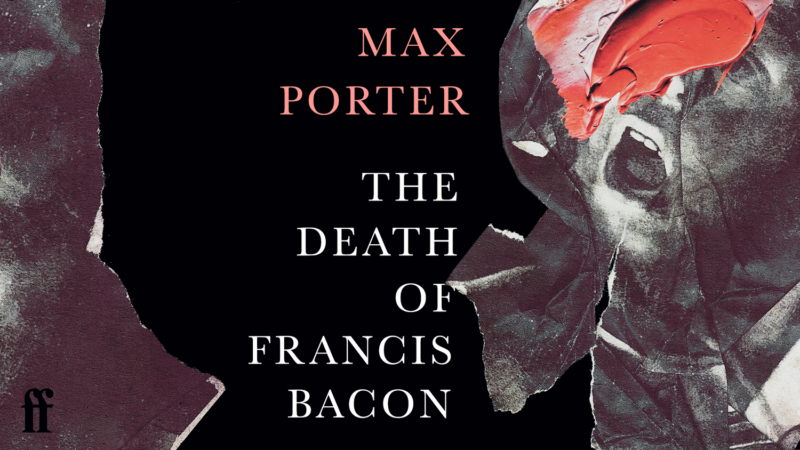

He’s most engaging in the tense early scenes that foreshadow Lanny’s disappearance, moments when Lanny temporarily slips out of sight and Toothwort stalks him like a predator. Everything is pliable, porous, and Porter’s typographical treats-alongside his turns with sound, repetition, and rhythm-exhibit his irrepressible sense of play.

(The “sounds and sweet airs,” as Caliban said.) Those delights are also in Porter’s words, which are wonderfully tactile-darkness is “uneven, slippery,” and Toothwort sees the “soft flesh of the village” from afar. Lanny, an impish, “creaturely” child who is compared to a fairy, and Toothwort, with his “moss-socks, pebble-dash skin,” echo Shakespeare’s Ariel and Caliban-they’re not just from but of the village, like Shakespeare’s figures were of the island, and they’re similarly enchanted by the lyrical delights of their world. Porter draws his central figures with different elemental touches. Others, describing the village-wide search for Lanny, are rushed run-ons, lacking attributions and quotation marks, creating a sense of muddled panic and frenzy.

Some sections mime Lanny’s absence with bountiful white space and short, clipped declaratives. As in “Grief,” Porter creates a kind of long-form prose poem, but the language of “Lanny” is as mutable as Toothwort himself. But Porter also focusses on the adults in the narrative: Lanny’s parents, a former actress turned horror writer and her less-than-extraordinary husband, and Mad Pete, a curmudgeonly artist who takes Lanny under his wing. “Lanny” is the story of a child gone missing, lured away by Dead Papa Toothwort, a shape-shifting trickster who is as old as the earth. In his whimsical follow-up, “ Lanny,” which came out in May, it’s the natural world and a child’s unique sense of wonder. In Max Porter’s beautiful, imaginative novella “ Grief Is the Thing with Feathers,” it is mourning. One of the particular pleasures of a folktale is discovering the story’s entryway to magic.


 0 kommentar(er)
0 kommentar(er)
